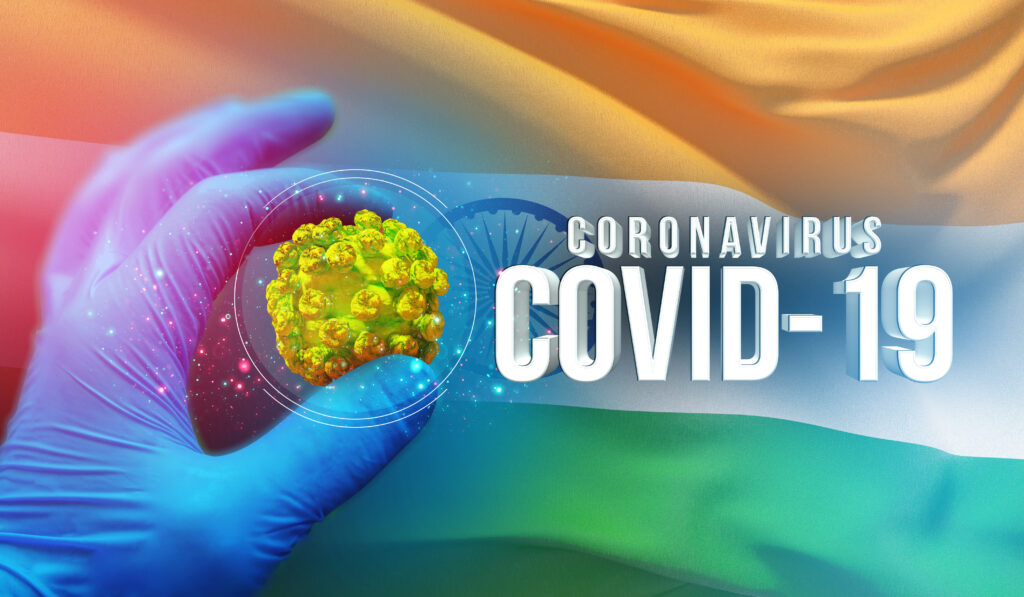
India’s COVID crisis continues, as cases of the disease continue to surge.
Early on in the pandemic, India was ostensibly mildly affected in comparison to other nations. The situation has altered dramatically since. Even with the imposition of a lengthy, wholescale lockdown countrywide in late March (one since relaxed in many areas of the country), the country now ranks fourth in the world in terms of confirmed cases thus far. It trails only the United States (first), Brazil (second) and Russia (third), outpacing countries that were seeing cases in the thousands at a time when India was experiencing only a handful.
COVID-19 is the disease caused by severe acute respiratory syndrome coronavirus 2 (SARS-CoV-2) – commonly referred to simply as the coronavirus. The pandemic has caused socioeconomic disruption unprecedented in modern memory. In India, with a quarantine imposed to counteract the COVID crisis, economic activity ground to a standstill. The decision to relax quarantine restrictions and reopen the economy was welcomed by some. However, some experts queried whether India was prepared to endure a spike in cases. This is especially true with the advent of the monsoon season and the projected increase in rates of water- and vector-borne diseases.
To date, India has confirmed 356,372 cases of COVID-19 according to Worldometer data. Active cases number at 156,700 at the time of writing, with 11,954 people tragically having lost their lives. Fortunately, 187,718 people infected with the virus have recovered. However, it was reported today that the country has recorded more than 2,000 deaths in a 24-hour period and infections continue to surge. Of the current patients, 8,944 are in serious or critical condition.
Reports indicate that India’s testing capacity in the face of the COVID crisis has increased to three lakh samples daily. The country’s testing infrastructure is dispersed across 907 laboratories nationwide, of which 659 are government-run.
However, this rate of testing may not be enough. Earlier this week, Rakesh Mishra, director of the Centre for Cellular and Molecular Biology (CCMB), suggested that one million tests daily were needed. Mishra told The Times of India that “one million tests per day is possible but by using different technologies of testing. In the RT PCR method, the result time is eight hours if everything is meticulously followed. The RNA isolation process takes a lot of time. In other methods, the isolation of RNA is not required and therefore the result time is only half that of the RT PCR test.”
Mishra added that “we are seeking permission for our models. The government can even try next generation testing technologies where 10,000 tests can be done at a time, but they are useful only when a large number of tests (pooling of tests for example in a containment zone) are to be done because of the cost.”
Prime Minister Narendra Modi is consulting with Chief Ministers of various states and union territories concerning the COVID crisis. “We must focus on both life and livelihood, boost health infrastructure, testing and tracing as well as increase economic activity,” he said earlier this week.
At the global level, confirmed COVID-19 cases thus far number at 8,298,473 at the time of writing. Deaths due to COVID-19 number at 446,906. Of the confirmed infections thus far, 3,504,228 are active. Of these patients, 3,449,700 (98 percent) are in mild condition. The remaining two percent of patients (translating to 54,528 infections) are in serious or critical condition. 4,347,339 people have recovered from COVID-19.

